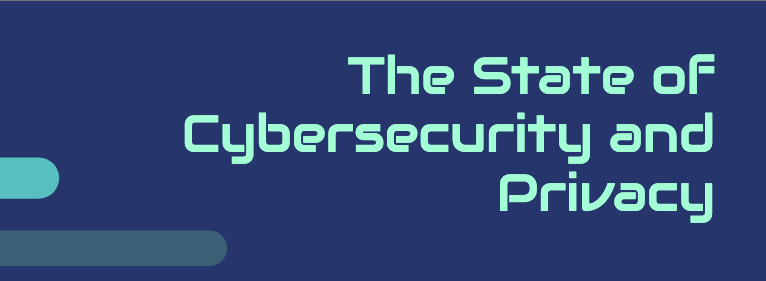Micro frontends are a popular architectural pattern that enables the development of large and complex applications by breaking them down into smaller, more manageable pieces. This approach benefits large retail e-commerce websites, enabling better scalability, maintainability, and flexibility. Choosing the best micro frontend slicing approach depends on your specific requirements, team structure, and business objectives. Here are some of the most effective strategies for implementing micro frontends for your next big project:
- Vertical slicing (Domain-oriented): Divide your application based on business domains, such as product catalog, shopping cart, checkout, user, and order management. This approach allows you to focus on developing, deploying, and maintaining each domain independently, enabling a better separation of concerns and faster delivery of new features.
- Horizontal slicing (UI component-oriented): Break down your application into reusable UI components, such as product cards, navigation menus, search bars, and user profiles. This approach promotes a consistent user experience across different application parts and facilitates better collaboration between teams responsible for different UI components.
- Hybrid approach: Combine both vertical and horizontal slicing to leverage the advantages of both methods. For instance, you can divide your application into business domains while creating reusable UI components within each domain. This approach balances the separation of concerns and consistency in the user interface.
- Team-oriented slicing: Organize your application based on team structure and expertise. This approach allows each team to focus on a specific application area, such as frontend, backend, or specific business domains. This can lead to better collaboration, faster development, and easier maintenance.
When selecting the best micro frontend slicing approach for your large retail e-commerce website, consider the following factors:
- Your organization’s structure and team expertise
- The complexity of your application and its dependencies
- The need for consistency in the user interface
- Your application’s performance and scalability requirements
There is no one-size-fits-all solution; instead, evaluate these factors and tailor an approach that best suits your specific needs and constraints.
Learn more about Micro Frontend System Design – Resources
There are numerous resources available online to learn more about micro frontend slicing approaches and their implementation in large-scale applications. Here are some useful resources to get started:
- Micro Frontends – An in-depth article by Martin Fowler that explains the concept of micro frontends and their benefits: https://martinfowler.com/articles/micro-frontends.html
- Micro Frontends in Action – A book by Michael Geers that provides a comprehensive guide to implementing micro frontends: https://www.manning.com/books/micro-frontends-in-action
- “Building Micro-Frontends” – A blog post by Luca Mezzalira that discusses different strategies for building micro frontends: https://lucamezzalira.com/2019/02/02/building-micro-frontends/
- “The Art of Building Micro Frontends” – A video presentation by Ivan Jovanovic that explores micro frontends and their advantages: https://www.youtube.com/watch?v=0Ta-awtLZTs
- “How to Implement Micro Frontends: A Practical Guide” – An article by Neos Chronos that provides a step-by-step guide for implementing micro frontends: https://www.neoschronos.com/insights/how-to-implement-micro-frontends-a-practical-guide/
- “Micro Frontends: The What, the Why, and the How” – A blog post by Cam Jackson that provides an overview of micro frontends, their benefits, and best practices: https://www.infoq.com/articles/micro-frontends/
- “Micro Frontends – extending the microservice idea to frontend development” – A blog post by Christian Lechner that discusses the idea behind micro frontends and how they can be used in frontend development: https://technologyconversations.com/2015/08/17/micro-frontends-extending-the-microservice-idea-to-frontend-development/
These resources cover various aspects of micro frontend architecture and provide practical examples, best practices, and case studies to help you better understand and implement the appropriate slicing approach for your Micro Frontend Project.



